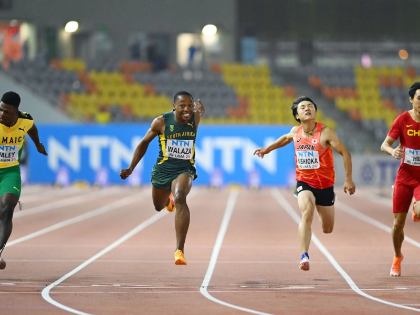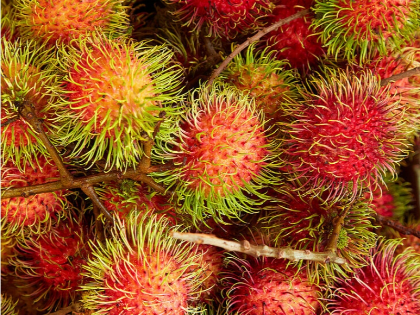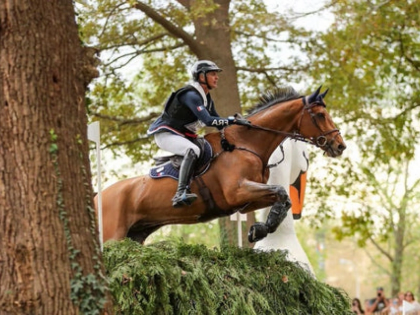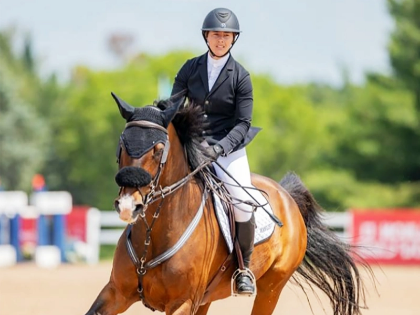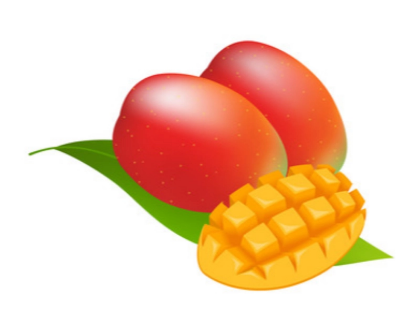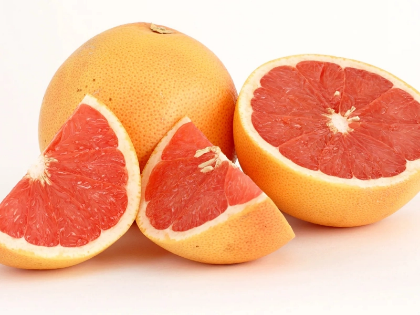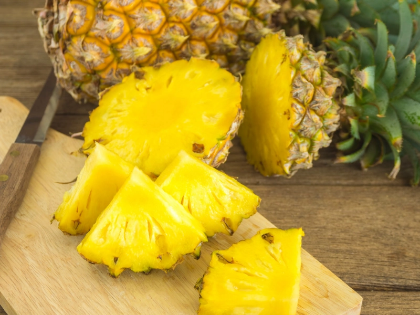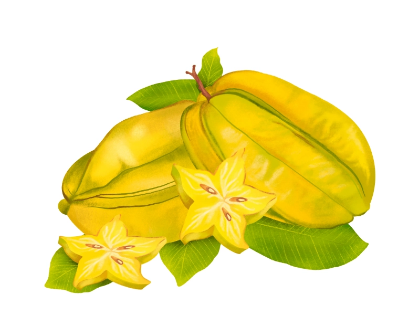Top 10 Equestrian Gear Essentials
Apart from a love, equestrian sports call for the proper equipment to guarantee performance, comfort, and safety. Whether you ride often or just starting, your horse and you depend on the correct gear. The top 10 equestrian gear items any rider should give thought are highlighted on this page. From riding gear to safety gear, every piece is essential for improving your riding experience and guaranteeing your and your horse are ready for any journey.
Using a riding helmet
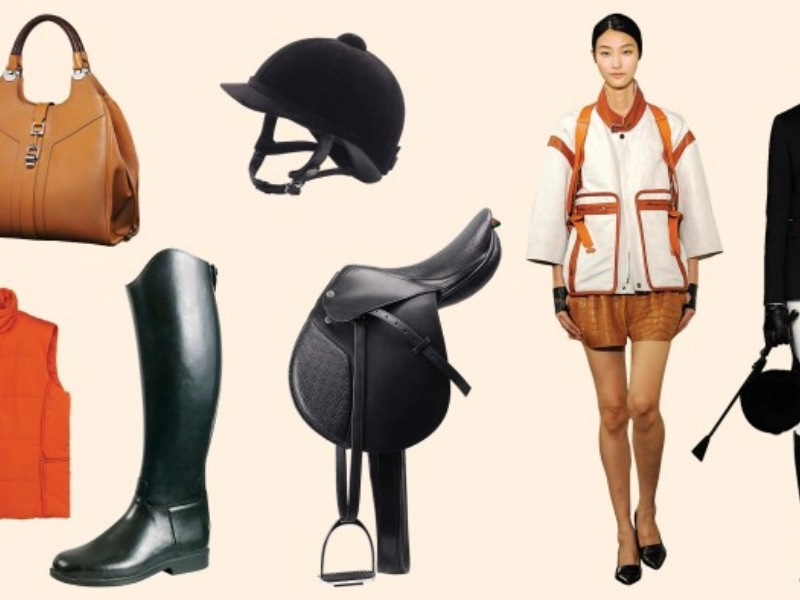
Boots for Riding
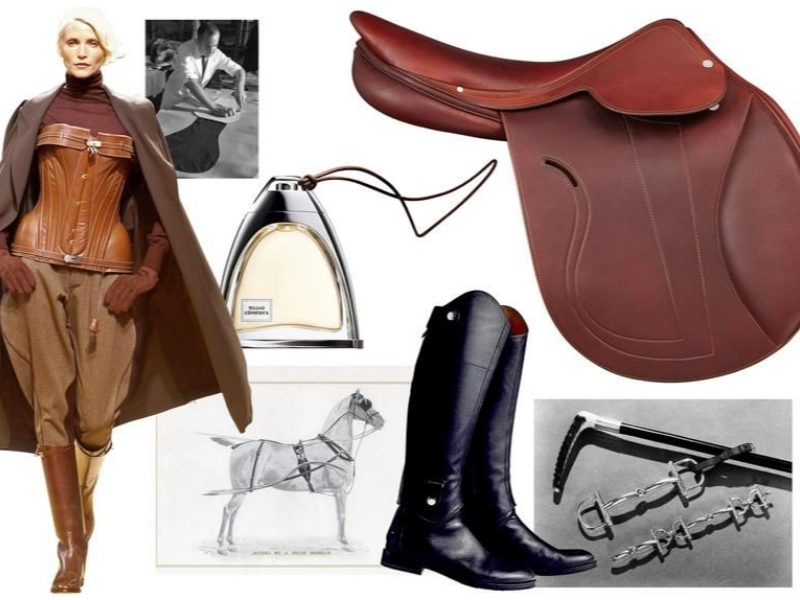 Safety as well as utility depend on riding boots. They guarantee a strong grasp in the stirrups and support and protection for your feet. Search for boots with comfort and flexibility created from robust materials like leather or synthetic substitutes. The perfect riding boot should feature a smooth surface to avoid slipping and a small heel to stop your foot from sliding through the stirrup.
Think on the kind of riding you will be undertaking while choosing riding boots. For English riding, for instance, tall boots are somewhat common; for both English and Western disciplines, paddock boots are appropriate. Make sure the boots fit well and let for appropriate movement without being excessively loose. Purchasing a decent pair of riding boots will improve your riding comfort and guard your feet throughout rides.
Safety as well as utility depend on riding boots. They guarantee a strong grasp in the stirrups and support and protection for your feet. Search for boots with comfort and flexibility created from robust materials like leather or synthetic substitutes. The perfect riding boot should feature a smooth surface to avoid slipping and a small heel to stop your foot from sliding through the stirrup.
Think on the kind of riding you will be undertaking while choosing riding boots. For English riding, for instance, tall boots are somewhat common; for both English and Western disciplines, paddock boots are appropriate. Make sure the boots fit well and let for appropriate movement without being excessively loose. Purchasing a decent pair of riding boots will improve your riding comfort and guard your feet throughout rides.
Gloves for Riding
 Though they are sometimes disregarded as an item of equestrian gear, riding gloves are rather important for improving comfort and grip. They enable more exact control of your horse by helping to prevent blisters and by improving your relationship with the reins. Search for breathable materials gloves made of which provide flexibility and durability.
Think on the riding environment you will be in when selecting gloves. While insulated choices are better for colder situations, lightweight gloves are perfect for warmer temperatures. Certain gloves also include touchscreen capability, which lets you use your phone without taking off them. A decent pair of riding gloves will enhance your whole riding experience, hence they are a must-have in your equestrian equipment.
Though they are sometimes disregarded as an item of equestrian gear, riding gloves are rather important for improving comfort and grip. They enable more exact control of your horse by helping to prevent blisters and by improving your relationship with the reins. Search for breathable materials gloves made of which provide flexibility and durability.
Think on the riding environment you will be in when selecting gloves. While insulated choices are better for colder situations, lightweight gloves are perfect for warmer temperatures. Certain gloves also include touchscreen capability, which lets you use your phone without taking off them. A decent pair of riding gloves will enhance your whole riding experience, hence they are a must-have in your equestrian equipment.
Wheelchair
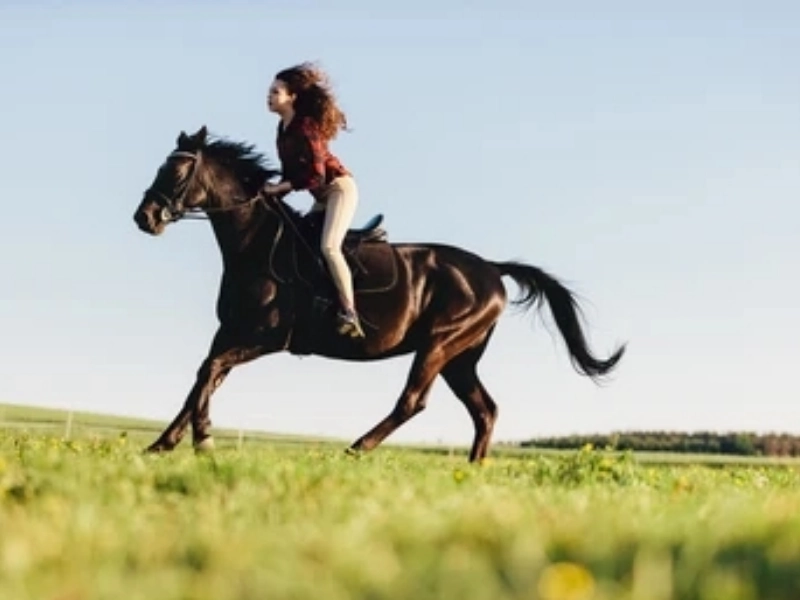 Horse performance as well as rider comfort depend on a saddle that fits. The saddle should equally divide the rider's weight over the back of the horse, therefore avoiding discomfort or damage. Choose a saddle based on the kind of riding you intend to do; different disciplines call for different saddle designs. For instance, whereas jumping saddles are made for agility and balance, dressage saddles have a deeper seat and longer flaps.
To guarantee it fits your horse and you, your saddle should be adjusted by a professional. A badly fitting saddle could cause major problems like back discomfort for your horse and riding control difficulties. Invest also on saddle pads that provide your horse's back more padding and protection. Though it's a big outlay, a premium saddle pays dividends in better comfort and performance.
Horse performance as well as rider comfort depend on a saddle that fits. The saddle should equally divide the rider's weight over the back of the horse, therefore avoiding discomfort or damage. Choose a saddle based on the kind of riding you intend to do; different disciplines call for different saddle designs. For instance, whereas jumping saddles are made for agility and balance, dressage saddles have a deeper seat and longer flaps.
To guarantee it fits your horse and you, your saddle should be adjusted by a professional. A badly fitting saddle could cause major problems like back discomfort for your horse and riding control difficulties. Invest also on saddle pads that provide your horse's back more padding and protection. Though it's a big outlay, a premium saddle pays dividends in better comfort and performance.
Reins and Bonding
Communication with your horse depends on a bridle and reins. The bridle keeps the bit in position so you may properly direct and manage your horse. Look for a bridle that suits you and is constructed of sturdy materials. While synthetic choices are easier to keep and clean, leather bridles are classic and sophisticated. Leather, cotton, and rubber are among the several varieties of reins; each provides varied degrees of comfort and grip. Select reins that fit your hands and give enough control. Regularly examine your bridle and reins for wear and tear; broken equipment may limit performance or safety. Key elements for good riding are a well-fitting bridle and quality reins.
Radius
Often disregarded as a minor component of equestrian gear, the girth is absolutely essential for maintaining the saddle in place. A well-fitting girth guarantees that the saddle does not move when riding, so offering stability and comfort for the horse as well as the rider. Leather and synthetic choices are among the several materials used for girths; your saddle type and riding discipline will guide your choice. Choose a girth based on the size and shape that most fit your horse. While one that is too loose can cause saddle slippage, one that is too tight can cause pain. Many riders choose elastic girths on one or both ends so as to provide some give and improve comfort. To guarantee riding safety, routinely examine the girth for wear and replace it as appropriate.
Horse shoes
Protection of your horse's legs during riding and training depends on horse boots. They assist in preventing abrasions, collisions, and other risks your horse can come across causing damage. Each of the several kinds of horse footwear—brushing boots, fetlock boots, and splint boots—is intended for a particular use. Think on the kind of riding you perform and the degree of protection your horse need when selecting horse boots. For daily riding, for example, brushing boots are perfect; splint boots offer more support for jumping or strenuous training sessions. Make sure the boots fit your horse and don't limit its movement. Purchasing premium horse boots will help to keep your equine friend safe and sound.
First Aid Kit
Any collection of equestrian gear must include a first aid kit. Although mishaps sometimes happen, being ready with the correct tools can greatly impact an emergency. Along with any particular meds your horse might need, a well-stocked equestrian first aid bag should have antiseptic wipes, bandages, gauze, and a thermometer. To guarantee that every item in your first aid box is current and in good shape, routinely examine and restitute it. Equally crucial is knowing how to use the contents of your pack; so, think about enrolling in a first aid course designed especially for riders. Being ready for an emergency guarantees not just your horse's safety but also peace of mind when riding.
Feed supplies and water
The health and performance of your horse depend critically on their being hydrated and well-fed. Having correct feed and water supplies on hand guarantees that your horse gets the required nutrients both before and after rides. To maintain everything orderly and easily accessible, make investments in premium feed buckets, water troughs, and storage bins for grain and hay. Choose feed products keeping in mind your horse's particular dietary requirements. Consult a veterinarian or equine nutritionist; some horses may need particular diets or supplements. To stop contamination, routinely inspect and wash your feed and water containers. Maintaining your horse's whole health and performance depends on proper nutrition and hydration. All things considered, performance, comfort, and safety in riding depend on having appropriate equestrian gear. From helmets and boots to saddles and first aid kits, every item is absolutely vital in improving your riding experience. Regular maintenance and excellent equipment investments help you to make sure your horse and you are ready for every ride.
